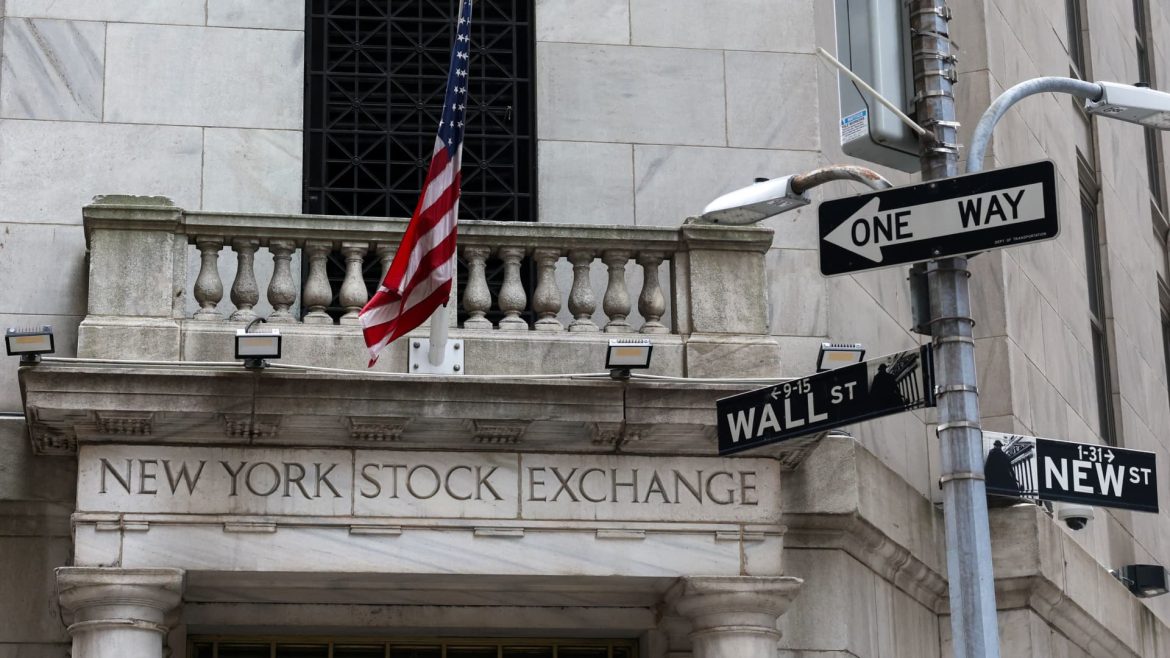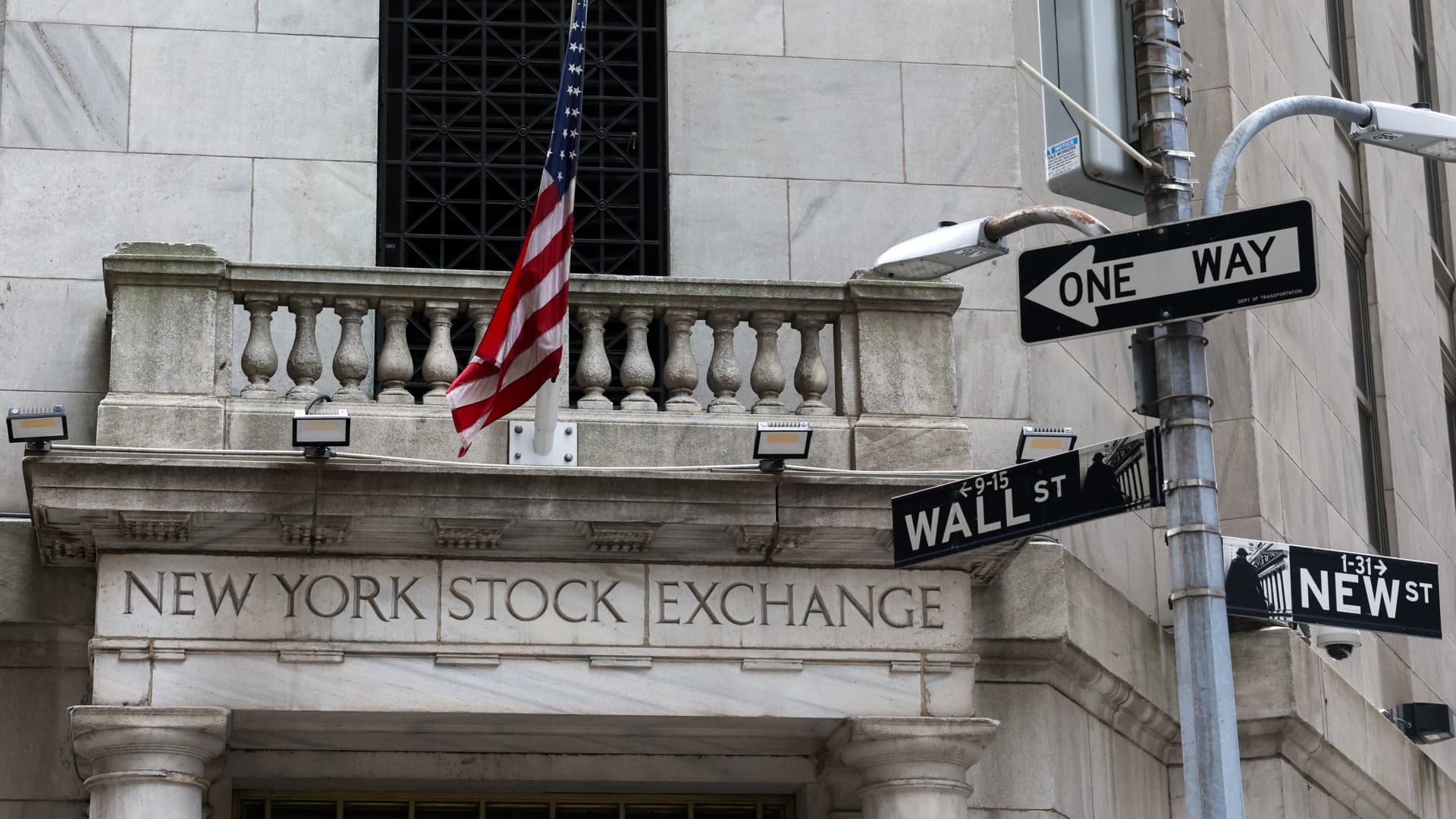Decoding Wall Street’s Jitters Amidst Washington’s Waves
The Interplay of Politics and Markets
The stock market’s volatility this past week underscores the intricate dance between Wall Street and Washington. Political decisions, trade policies, and even social media posts from key figures can trigger significant market reactions. The recent avalanche of news from both arenas created a perfect storm of uncertainty, leaving investors grappling with fear, relief, and caution.
Trade wars, a recurring theme in recent years, once again took center stage. The threat of escalating tariffs, particularly those imposed by the U.S. administration, sent shockwaves through the market. Investors feared disrupted supply chains, increased costs for businesses, and retaliatory measures from other countries. The market’s aversion to uncertainty was evident as these fears prompted sell-offs and a general sense of unease.
Economic Data: A Mixed Bag
Beyond the political theater, economic data played a crucial role in shaping market sentiment. The release of jobs data, for instance, can significantly impact investor confidence. Weak jobs numbers can signal a slowing economy, leading to fears of a recession and subsequent declines in stock prices. Conversely, strong jobs numbers can boost optimism and fuel market rallies.
This week, the jobs data painted a mixed picture, leaving investors unsure of the underlying health of the economy. The conflicting signals made it difficult to discern a clear trend, adding to the overall sense of confusion and volatility. Investors found themselves grappling with the question of whether the economy was merely experiencing a temporary slowdown or heading for a more significant downturn.
The Whiplash Effect
The combination of political uncertainty and economic data resulted in a week of dramatic swings in the stock market. The S&P 500, after reaching a record high early in the week, experienced a four-session losing streak, demonstrating the speed at which market sentiment can shift.
This “whiplash effect” left investors feeling disoriented and unsure of the market’s direction. The initial fear of escalating trade wars and a slowing economy gave way to moments of relief as some trade tensions eased and corporate earnings showed resilience. However, the underlying caution remained, preventing any sustained rallies and highlighting the fragility of investor confidence.
Sector Rotation and Geographic Diversification
As investors grappled with uncertainty, a shift in sector preferences became apparent. Technology stocks, which had been leading the market’s gains for much of the year, experienced a pullback, while more defensive sectors, such as utilities and consumer staples, gained ground. This suggests that investors were seeking safety in more stable, less cyclical industries.
Concerns about the U.S. market’s ability to outperform overseas markets led some investors to consider diversifying their portfolios geographically. The rebound on Wall Street and in the dollar did not fully alleviate these concerns, as the potential for trade tensions and economic slowdowns continued to weigh on sentiment.
The Rise of Alternative Investments
In the face of market volatility, some investors explored alternative investment strategies, such as real estate, private equity, and hedge funds. These investments can offer diversification benefits and potentially higher returns, but they also come with their own set of risks and challenges.
Conclusion: Navigating the Storm
The past week served as a stark reminder of the inherent volatility of the stock market and the profound impact of both political and economic forces. The avalanche of news from Washington and Wall Street left investors guessing, experiencing a rollercoaster of emotions from fear to relief and ultimately, a lingering sense of caution.
Moving forward, investors need to navigate this complex landscape with a blend of prudence and strategic thinking. Diversification remains a key tool for mitigating risk, while careful analysis of economic data and company fundamentals is essential for making informed investment decisions. Furthermore, understanding the political landscape and its potential impact on the market is crucial for anticipating future volatility. While short-term market swings are inevitable, a long-term perspective and a disciplined approach can help investors weather the storm and achieve their financial goals. Ultimately, the ability to remain calm amidst the chaos, to learn from market fluctuations, and to adapt to changing circumstances will be the key to success in the ever-evolving world of investing.





